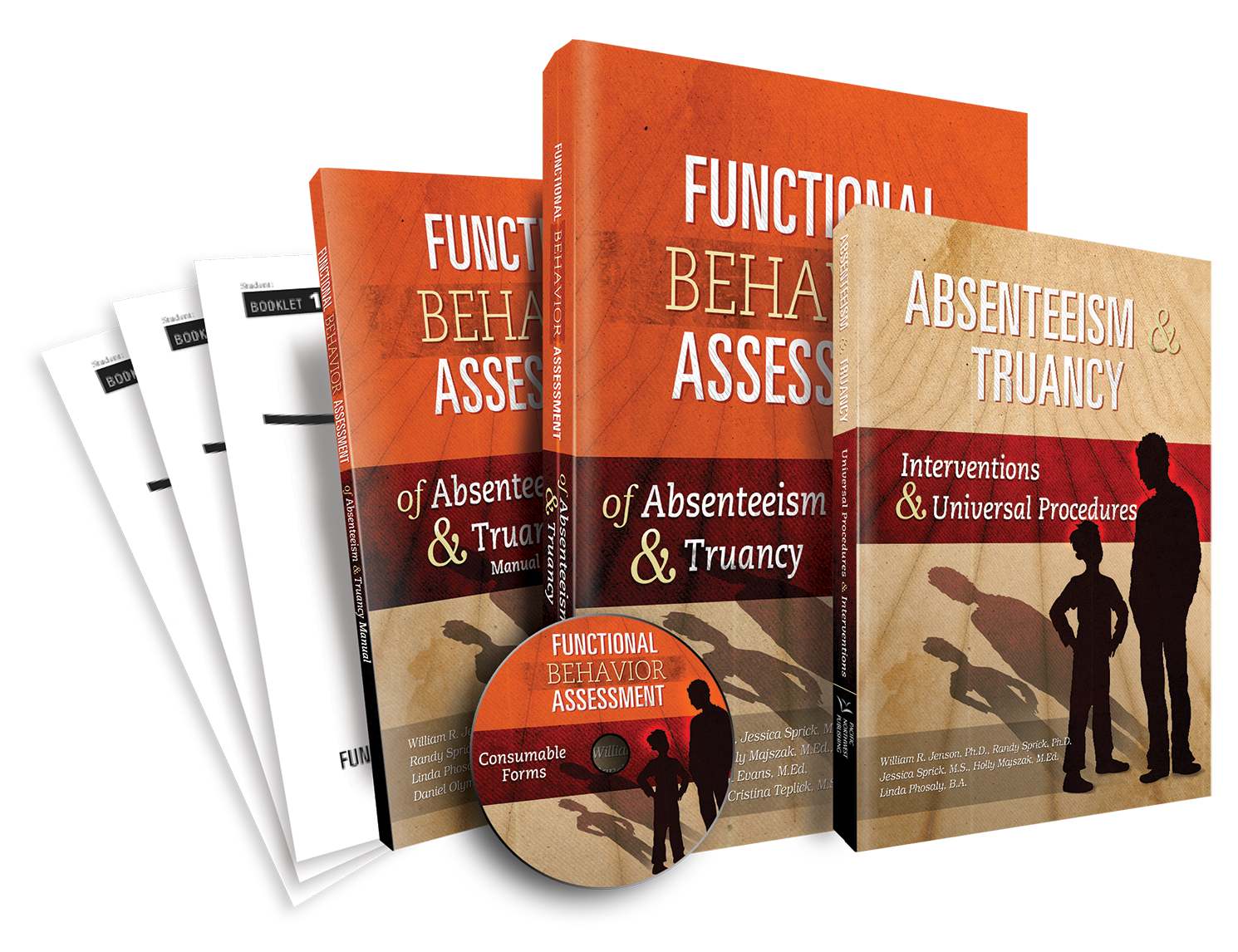Absenteeism

A lasting impact through proactive attendance strategies
and creating collective responsibility
Absenteeism
For students to be successful in school, they need to be in school. Missing just two days a month places students at significant increased risk of academic failure, social and behavioral difficulties in school, dropping out, and a host of other negative school and life effects. Absenteeism and truancy training provided through Safe & Civil Schools helps schools and districts:
- Increase student, family, and staff ability and motivation to get students to school each day and on time.
- Analyze multiple attendance measures to identify concerns and prioritize resources.
- Implement simple, practical strategies to create a positive environment where expectations for attendance are taught and acknowledged at a universal/schoolwide level.
- Provide effective intervention in a multi-tiered model, utilizing function-based approaches.
- Implement research-based interventions for individual students, small groups, and classes, as needed.
Tailored professional development that addresses your school's highest needs
Absenteeism training
Call 1-800-323-8819 to create a plan that addresses your current needs or use our CONTACT US form below.
Safe & Civil Schools tailors training to meet the specific needs of your school or district. Some possible training options include:
- Universal prevention—when large numbers of students in your school are missing two or more days each month (10% or more of school), work to reduce the numbers of students who are at risk by focusing on Tier 1 prevention strategies.
- Function-based assessment and intervention for students who have not responded to universal prevention procedures. This training focuses on identification and intervention with Tier 2 and 3 supports.
- Combined training across multiple days in universal prevention and function-based intervention.
In addition to a tailored Absenteeism and Truancy training, Safe & Civil Schools can include Absenteeism/Truancy specific efforts as part of a District level or schoolwide level Foundations training which would help design a proactive and positive schoolwide discipline plan, that establishes a positive school climate and culture, and addresses all aspects of school safety, student motivation, and academic engagement.
Reinforcing positive attendance through collaboration with school staff, families, and community
Creating a Culture of Attendance
Historically, schools used punitive discipline focused on compliance, with exclusionary consequences for noncompliance. However, research has shown these methods often fail, especially for students with chronic behavioral challenges, negatively impacting behavior and academic outcomes. Modern best practices taught in Safe & Civil Schools training emphasize proactive, positive approaches that build relationships, explicitly teach expectations, and provide support for individual needs.
A similar shift is needed in addressing student attendance. Punitive attendance models rely on legalistic warnings after absences accumulate, focusing on compliance rather than collaboration. These approaches often lead to short-term compliance but long-term disengagement. In contrast, positive models proactively teach and reinforce attendance goals, addressing barriers through supportive interventions.
Safe & Civil Schools has pioneered MTSS (Multi-Tiered System of Support) approaches to behavior and applied these principles to attendance. Shifting from punitive models to supportive systems fosters transformational change. Creating a culture of attendance involves collective responsibility where all staff, families, and community members work together to promote consistent attendance.
Schools that build a culture of attendance use proactive communication to highlight the benefits of regular attendance and address concerns about frequent absences. Positive messaging emphasizes the goal of missing no more than 5% of school days. Teachers, counselors, and administrators reinforce attendance through personal interactions, public messaging, and self-monitoring tools like attendance trackers.
Collaborating with families and communities is essential. Schools must listen to families to understand attendance barriers and work with community leaders to create supportive solutions. Examples include engaging cultural leaders and coordinating with medical offices to schedule appointments outside school hours.
Safe & Civil Schools positive, proactive strategies from behavior management to attendance systems, can help schools create lasting cultural change that benefits students, families, and communities.

Our research-based titles supporting professional development
Absenteeism Programs and Resources
Addressing absenteeism is as important as any other behavioral or academic issue facing schools today. These research-based and practical resources from Ancora Publishing support our consultants in helping educators across the country keep their kids in the classroom.
Functional Behavior Assessment of Absenteeism and Truancy, an assessment and intervention system developed by William R. Jenson, Randy Sprick, and colleagues, will guide you to evidence-based interventions for individual students who are chronically absent or truant. The complete system includes fillable reproducible forms, a five-pack of consumable forms, and a copy of Absenteeism and Truancy: Interventions and Universal Procedures.
Absenteeism and Truancy: Interventions and Universal Procedures takes a multi-tiered approach to addressing absenteeism and truancy. In addition to schoolwide procedures to improve attendance, the book outlines 25 research-based interventions for use with individual students, small groups, and classes.
In School Leader's Guide to Tackling Attendance, Jessica Sprick and Randy Sprick take a different approach to attendance issues. The purpose is to move educators from a reactive approach to a more holistic, proactive approach to absenteeism. Instead of waiting until after a student develops a problem with absenteeism in middle or high school, this approach aims to help schools address this issue as early as possible. Making these easy changes early on prevents the need for drastic, time-consuming measures later on.
Students can succeed in school—but they must be in school to do so. Teacher’s Guide to Tackling Attendance Challenges, by Jessica Sprick and Tricia Berg, provides teachers with the information and resources they need to build a strong initiative to improve attendance and create a classroom culture of attendance. When teachers apply the easy-to-implement and minimally invasive strategies presented, they will see significant improvements in student attendance.

Together, we can make a difference.
Contact Us Today for More Information
Call 1-800-323-8819 to create a plan that addresses your current needs or use our CONTACT US form below.
